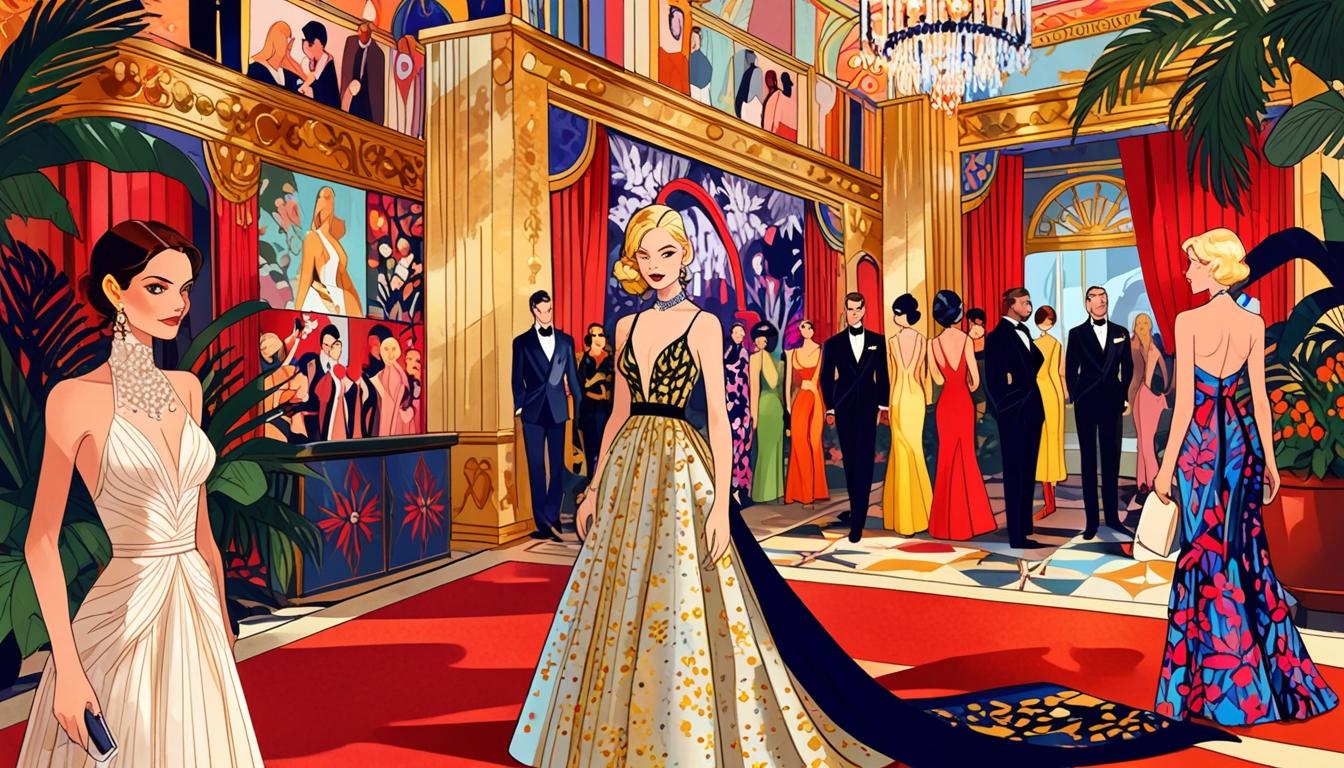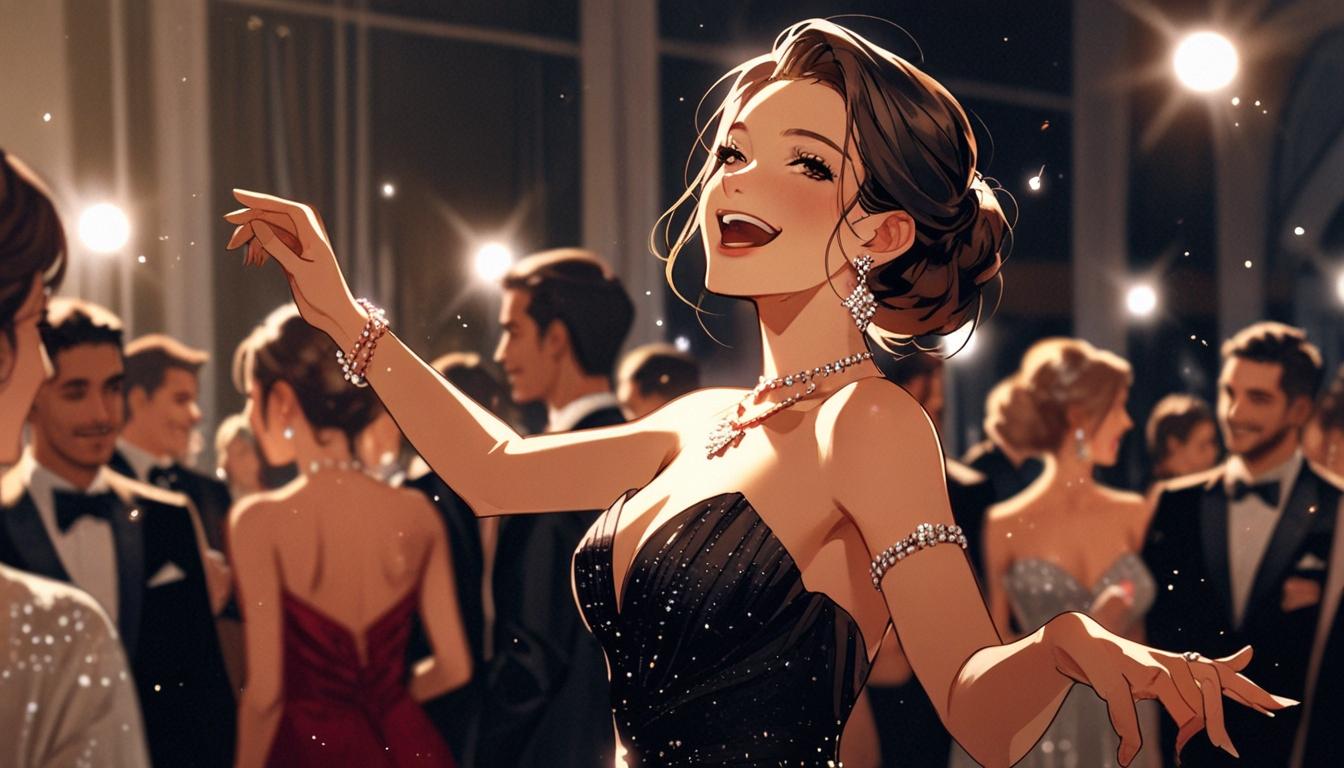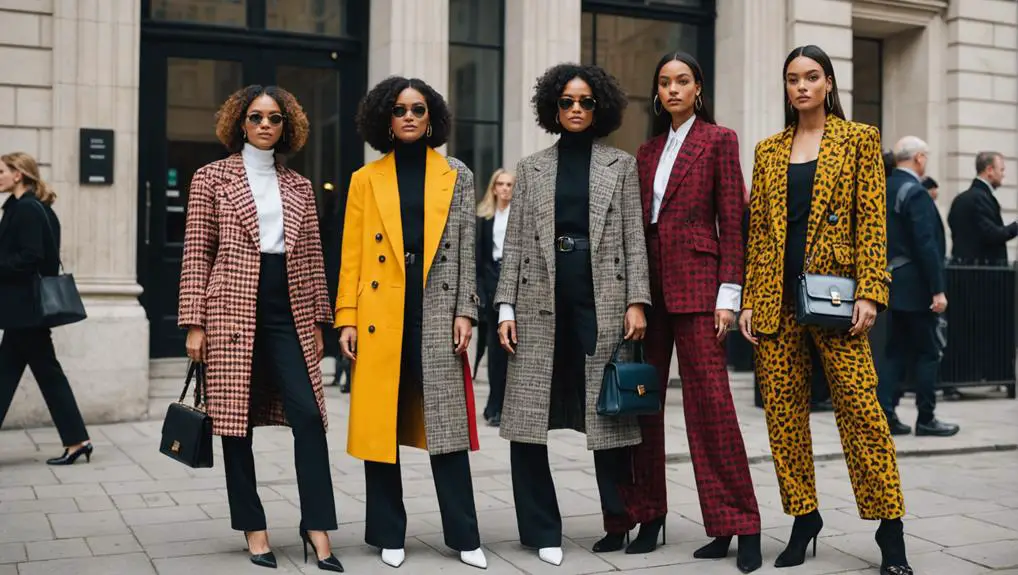London: The article explores how modern celebrity wardrobes draw from historical fashion, highlighting figures like Liz Hurley and Cardi B. It delves into the synergy between Hollywood, music, and fashion, examining the impact of iconic styles and the economic significance of fashion choices in today’s celebrity culture.
The intersection of vintage aesthetics and modern celebrity wardrobes has become increasingly prominent in contemporary pop culture, as seen through the lens of iconic fashion history and its influence on today’s artists. Notable figures such as Liz Hurley, Cardi B, and Florence Pugh exemplify how historical styles from renowned designers shape the current fabric of celebrity fashion.
Liz Hurley’s first encounter with the fashion label Versace occurred under unique circumstances. Her then-boyfriend, Hugh Grant, was attending the premiere of Four Weddings and a Funeral. In need of a stunning dress, he sought assistance from a representation agency that recommended the now-legendary black Versace design adorned with safety pins and daring cutouts. The reaction was immediate; the garment became a sensation overnight, dominating fashion covers and sparking a retail frenzy. “It showed how fashion impacts an emerging actress and how it can affect the brand itself,” noted Tonne Goodman in the documentary series In Vogue: The 90s.
The retrospective importance of garments is underscored by historical milestones in celebrity style. Jennifer Lopez’s iconic green Versace dress is often credited with heralding the advent of Google Images, while Nicole Kidman’s 1997 Dior piece has been lauded as “the first real couture dress on the red carpet,” according to Oscar style authority Melissa Rivers.
Contemporary artists increasingly delve into vintage archives to construct their public images. Cardi B often channels Thierry Mugler’s archives, and Florence Pugh serves as a prominent ambassador for Valentino, showcasing that historical fashion isn’t just a nod to nostalgia but a strategic choice in making bold statements. The interplay between music, cinema, and fashion has evolved significantly from earlier decades when personal relationships rather than business contracts dictated the flow of haute couture. Elizabeth Castaldo, a researcher and author of Fashion on the Red Carpet: A History of the Oscars, Fashion and Globalization, explained that in the studio system, stars were tightly controlled products of the studios. Designers like Edith Head dressed them not just for the screen but also for pivotal events, such as when she outfitted Grace Kelly for both To Catch a Thief and her Oscar acceptance in 1955.
The evolution of celebrity fashion saw a paradigm shift in the 1940s. As the studio model waned, artists began to gain greater autonomy over their images. The media interest surrounding the Oscars, particularly after the first live broadcast in 1953, became a platform for showcasing fashion. This growing synergy between Hollywood and the fashion world continued through the decades, notably with the emergence of hip-hop culture. June Ambrose, a designer and stylist for music stars, remarked, “The fashion industry didn’t see the potential in a music video or an album… We had to create the narrative for both sectors until, little by little, hip-hop became hip-hop culture.”
The hip-hop movement propelled designers like Tommy Hilfiger and brands like Cross Colours into the spotlight, aligning luxury fashion with youthful rebellion. Lil’ Kim, known for her bold fashion choices, admitted to Vogue that her collaborations with designers significantly influenced her public image.
As the fashion landscape shifted, red carpet expectations grew increasingly sophisticated. Artists moved from a more casual attire to a structured stylist environment. The urgency for professional styling became apparent, with decisions about wardrobe becoming as crucial as those about music production. Castaldo emphasises that this period saw the rise of luxury conglomerates, leading to a mutually beneficial relationship between stars and fashion brands.
Today, iconic stylists such as Karla Welch and Law Roach have attained celebrity status themselves, reflecting a wider cultural shift where designers work collaboratively with artists to create unforgettable looks. Spanish designer Arturo Obegero highlighted this evolution, stating, “We live in an era where we constantly consume images and information. You have to be instantly recognizable and ‘unique’. If not, it seems you fall into the abyss of the algorithm and forgetfulness.”
In this fast-paced environment, the notion of ‘iconic’ appears to be in constant flux as stars strive to deliver impactful looks. Concepts like “method dressing” have gained traction, where actors embody aspects of their characters through fashion. Examples include Margot Robbie with her Barbie persona and Zendaya’s portrayal in Dune 2, showcasing a blend of performance and style.
In conclusion, the intertwining of fashion history and modern celebrity wardrobes illustrates a layered narrative that has expanded beyond aesthetics into substantial economic territory. The financial implications of fashion choices at award shows, evidenced by WeArisma’s estimates, show that significant media value can be generated by simply wearing a brand, exemplifying the potent relationship between celebrity culture and commercial viability.
Source: Noah Wire Services




